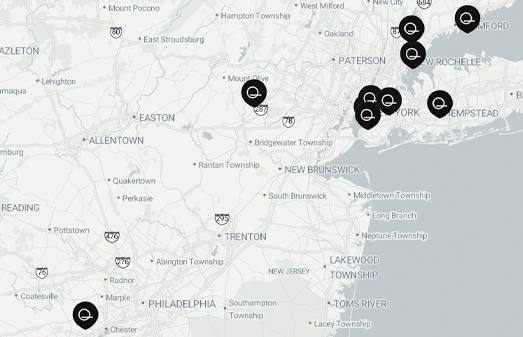
BASIC METABOLIC PANEL (BMP)
Dr. Talat, Board-Certified
Dr. Afnan Talat, MD, is a board-certified family medicine physician with over 9 years of experience in medical practice. She is an expert in anti-aging and aesthetic medicine, specializing in Botox, fillers, weight loss, and sexual health management. Dr. Talat's has also worked at prestigious skincare brands' labs, such as Estée Lauder and Clinique, where she formulated and tested the best, clean skincare products. Dr. Talat is committed to a holistic approach to patient care.
Dr. Alcarez, DO
Dr. Kathryn Alcarez is a highly experienced Primary Care Physician with a remarkable focus on injectable treatments for over 5 years. With an educational background from Boston University, she has cultivated her expertise in a range of specialized areas, including Fillers, Radiesse, and Sculptra for body and hand rejuvenation. Dr. Alcarez is also extremely-versed in wellness and weight loss treatments. With her holistic approach, Dr. Alcarez strives to provide comprehensive care that addresses both the physical and motional well-being of her patients.
Dr. Malkin, Board-Certified
Dr. Larry Malkin, DO, is a board-certified physician dedicated to providing exceptional patient care with a focus on fostering partnerships with his patients for the best-personalized results. Dr. Malkin is an expert in anti-aging and aesthetic medicine, specializing in Botox, Sculptra, fillers and sexual health management, treating erectile dysfunction and other conditions. Patients trust his expertise because he consistently delivers high-quality care, ensuring positive and lasting health outcomes.
READY TO BOOK A FREE CONSULTATION?
Easy Peasy!
Submit Form Below or Click to Book Online or Call (718) 313-0094
FREQUENTLY ASKED QUESTIONS
- Glucose - testing blood sugar levels is used to screen for diabetes or to monitor an existing condition in order to study the effectiveness of a treatment.
- Calcium - checking the mineral level helps to screen, diagnose, and even monitor a variety of conditions such as bones, heart, nerves, kidneys, symptoms of a parathyroid disorder, an overactive thyroid, and others.
- Chloride, carbon dioxide, potassium, and sodium - these are all electrolytes that support normal body processes, maintain healthy fluid levels in the body, and balance blood pH.
- BUN (blood urea nitrogen) and creatinine - these are waste products that the kidneys filter out of the blood.
LOCATIONS & DIRECTIONS



 Book Online
Book Online



